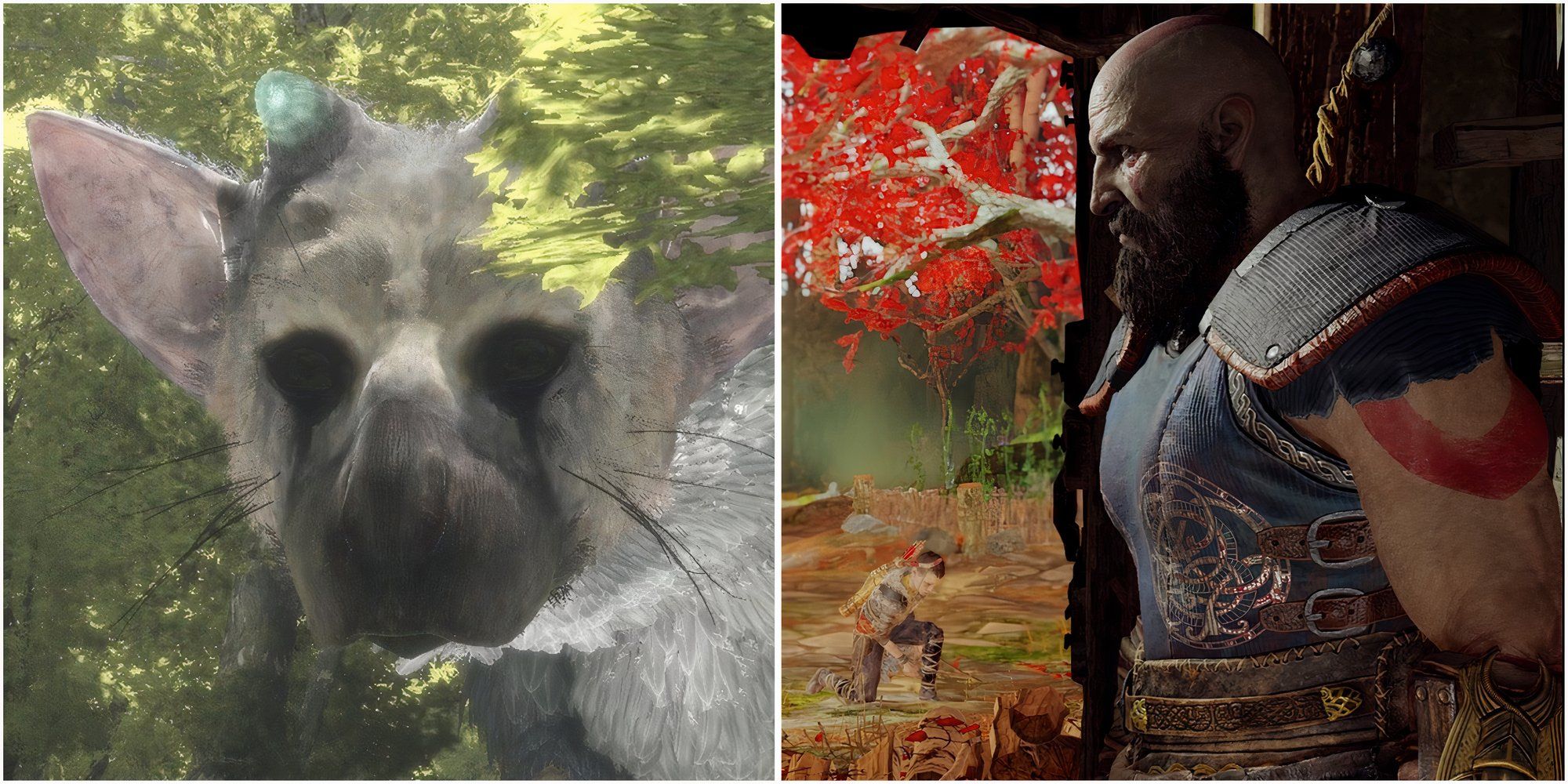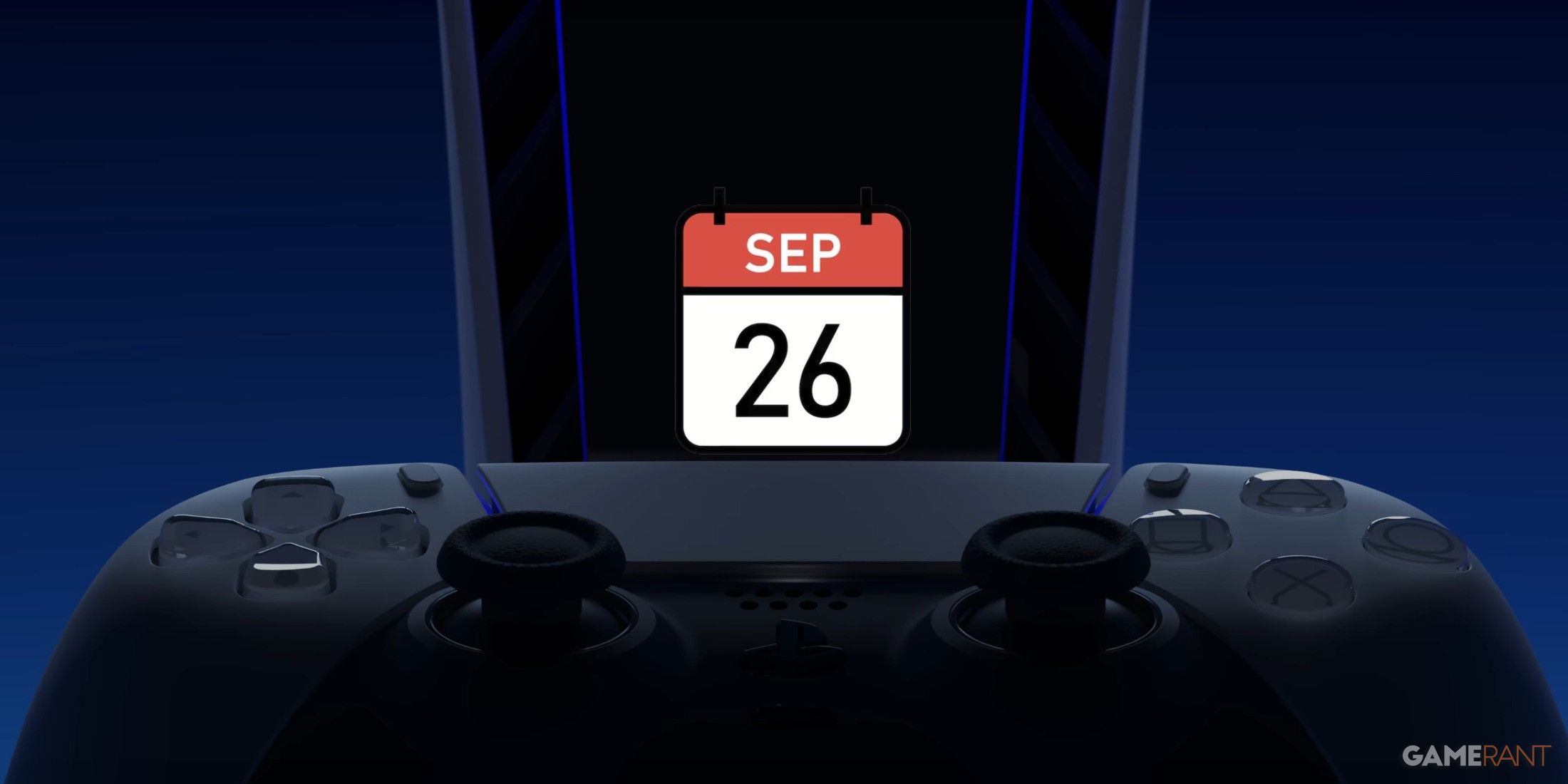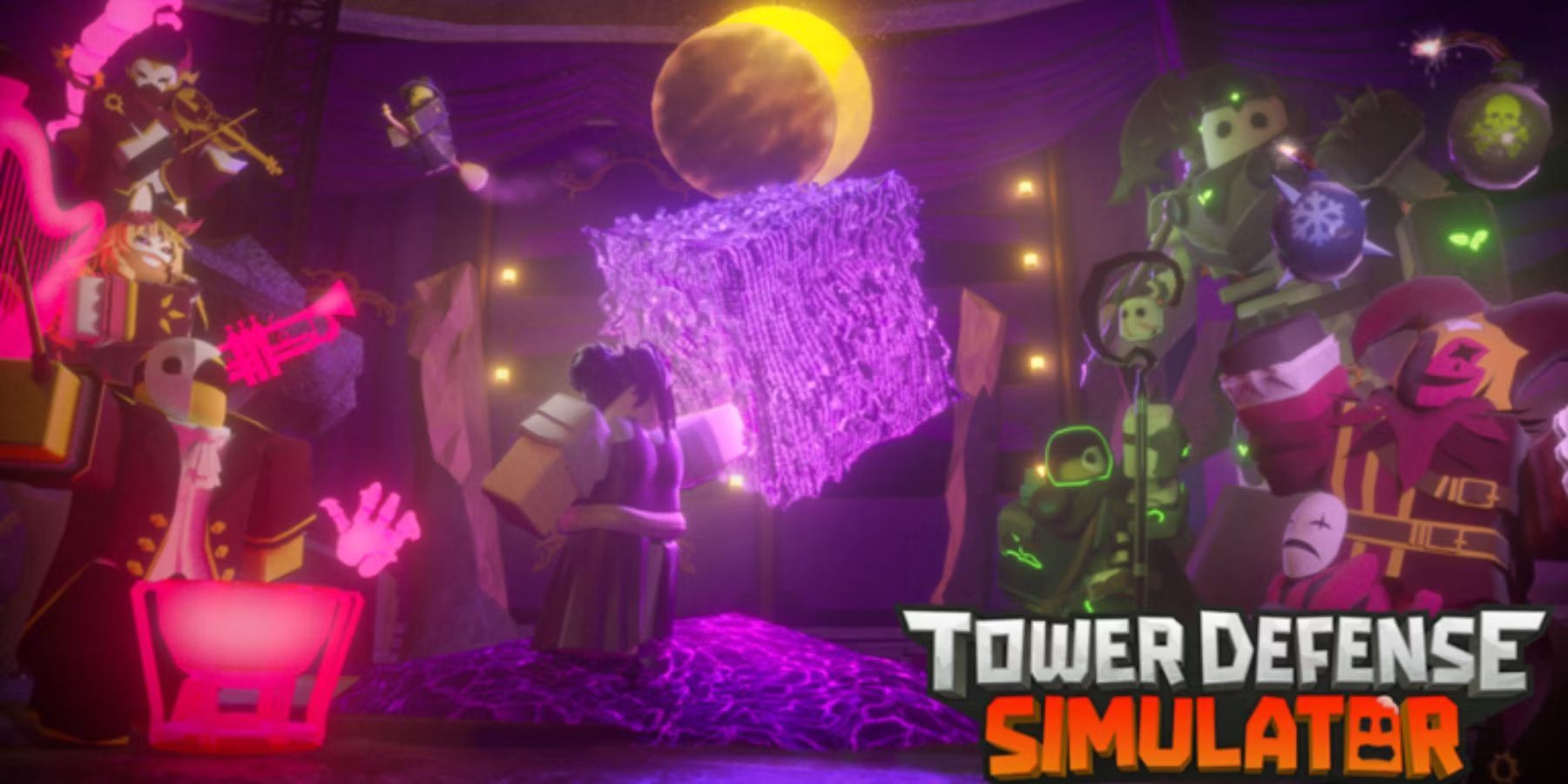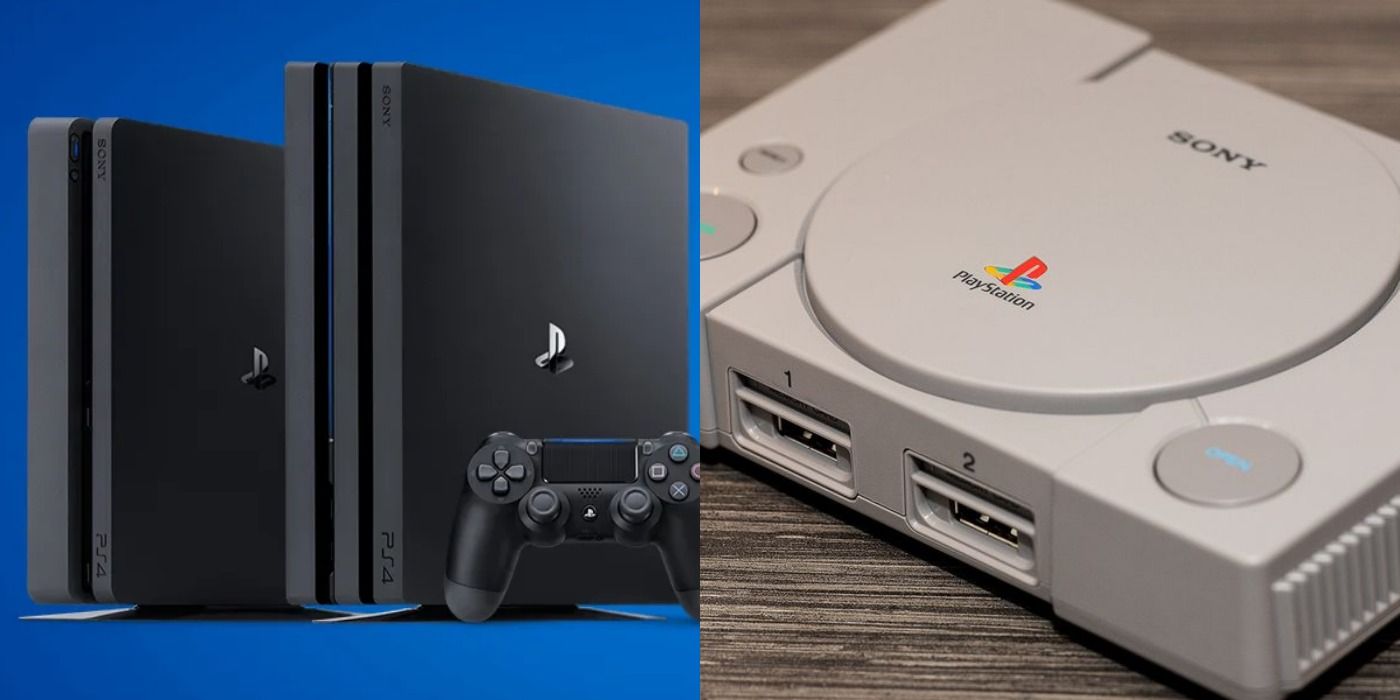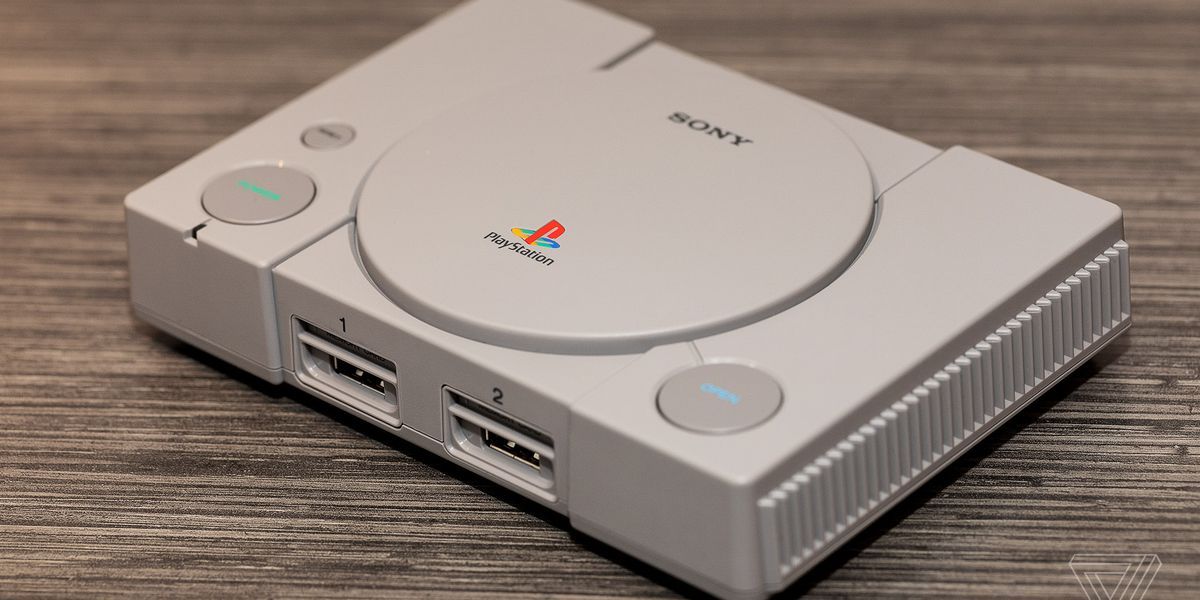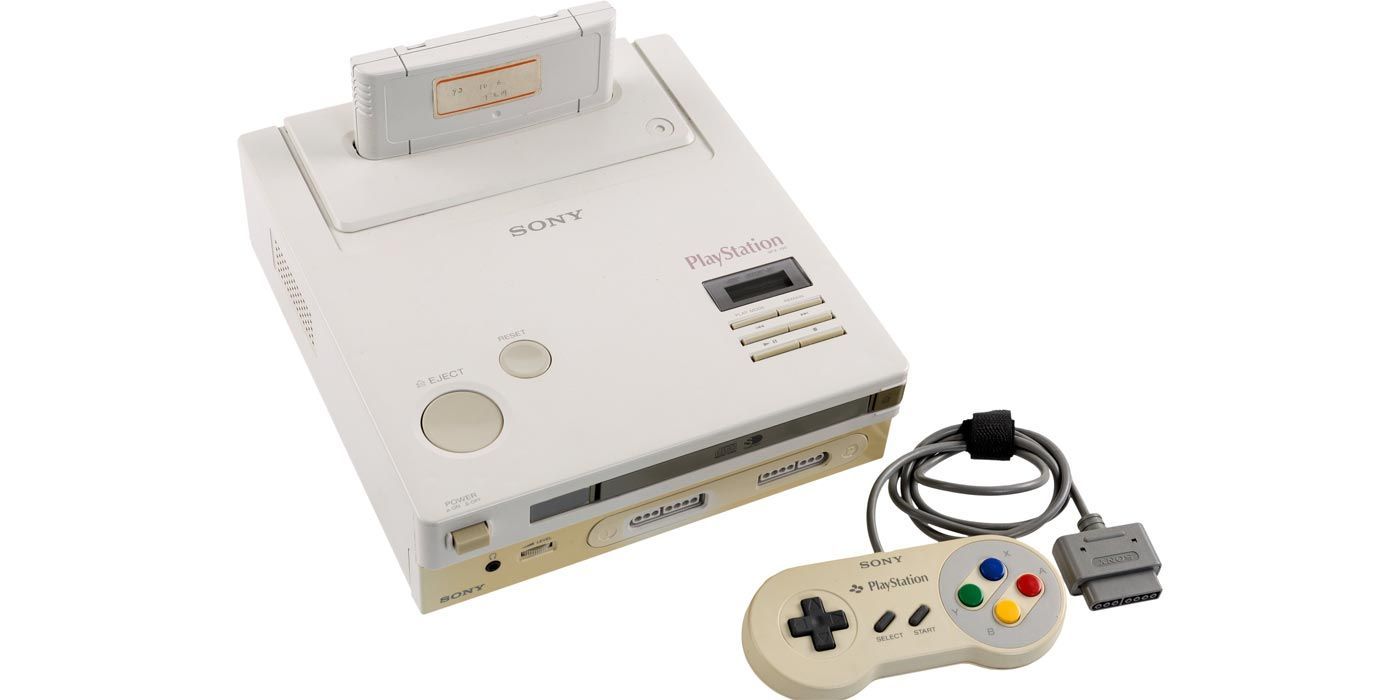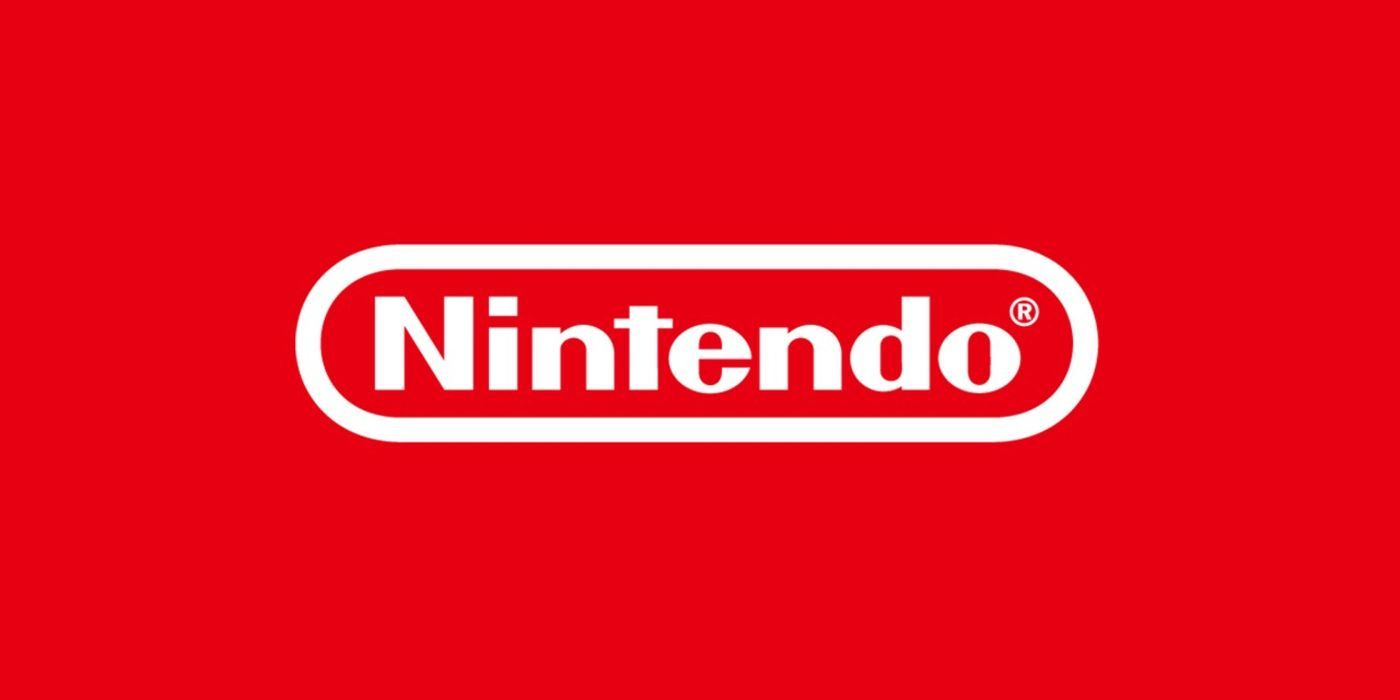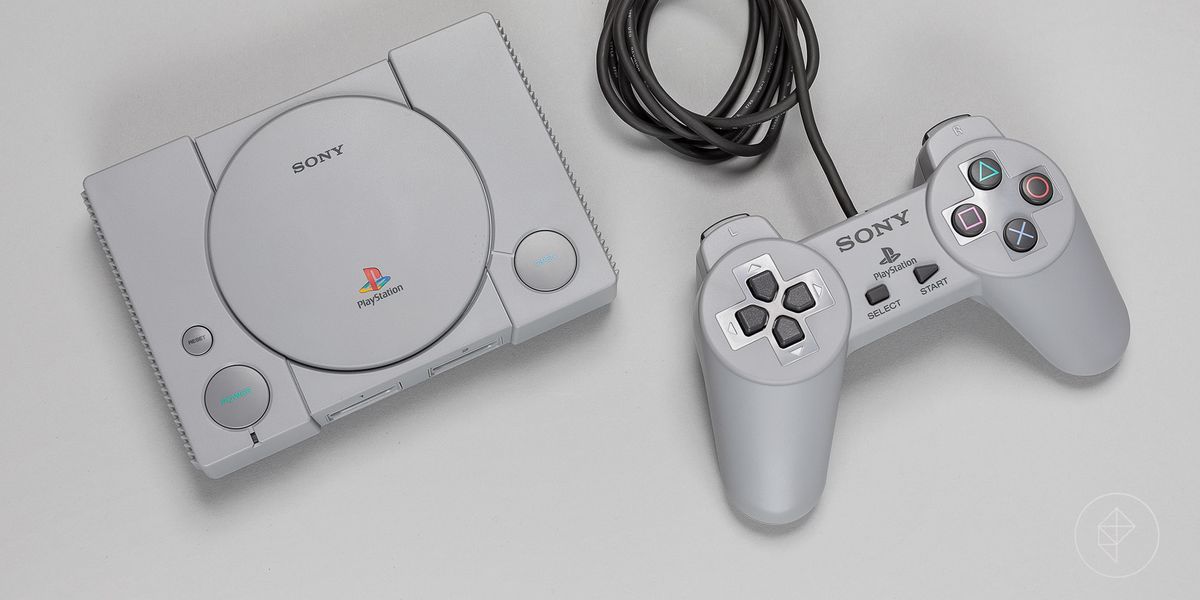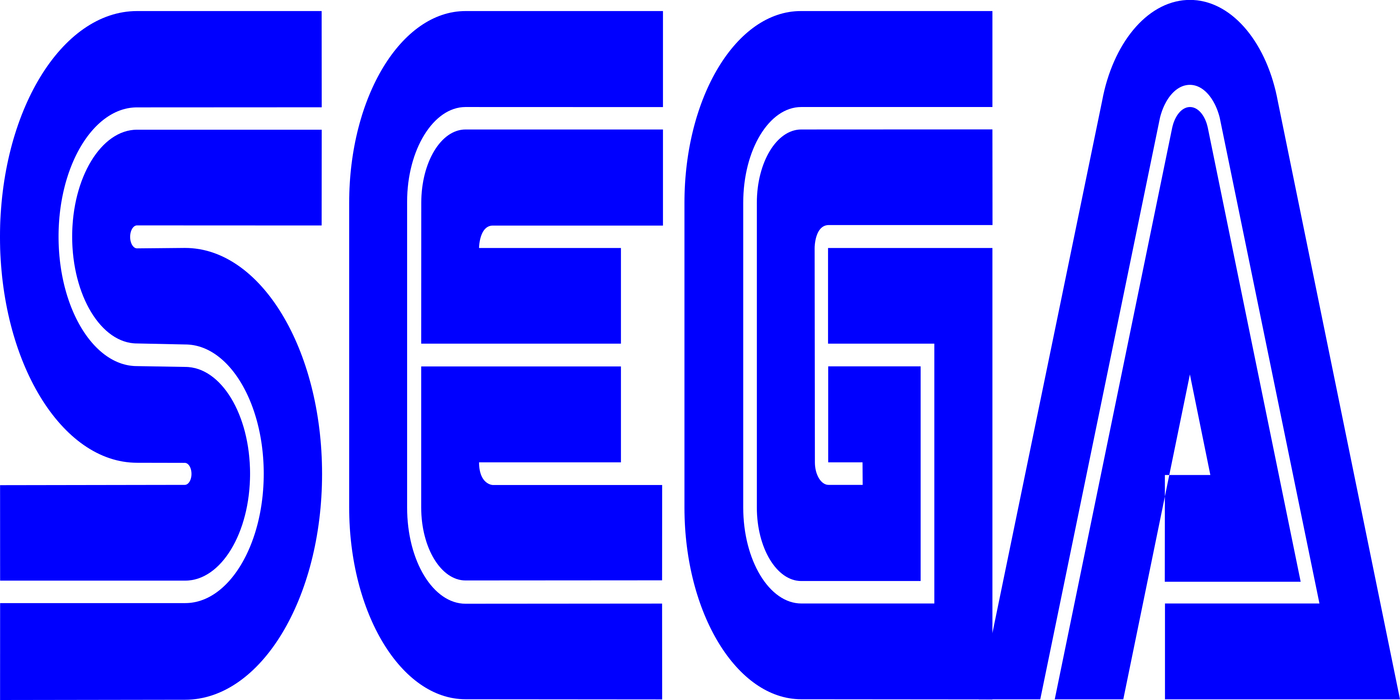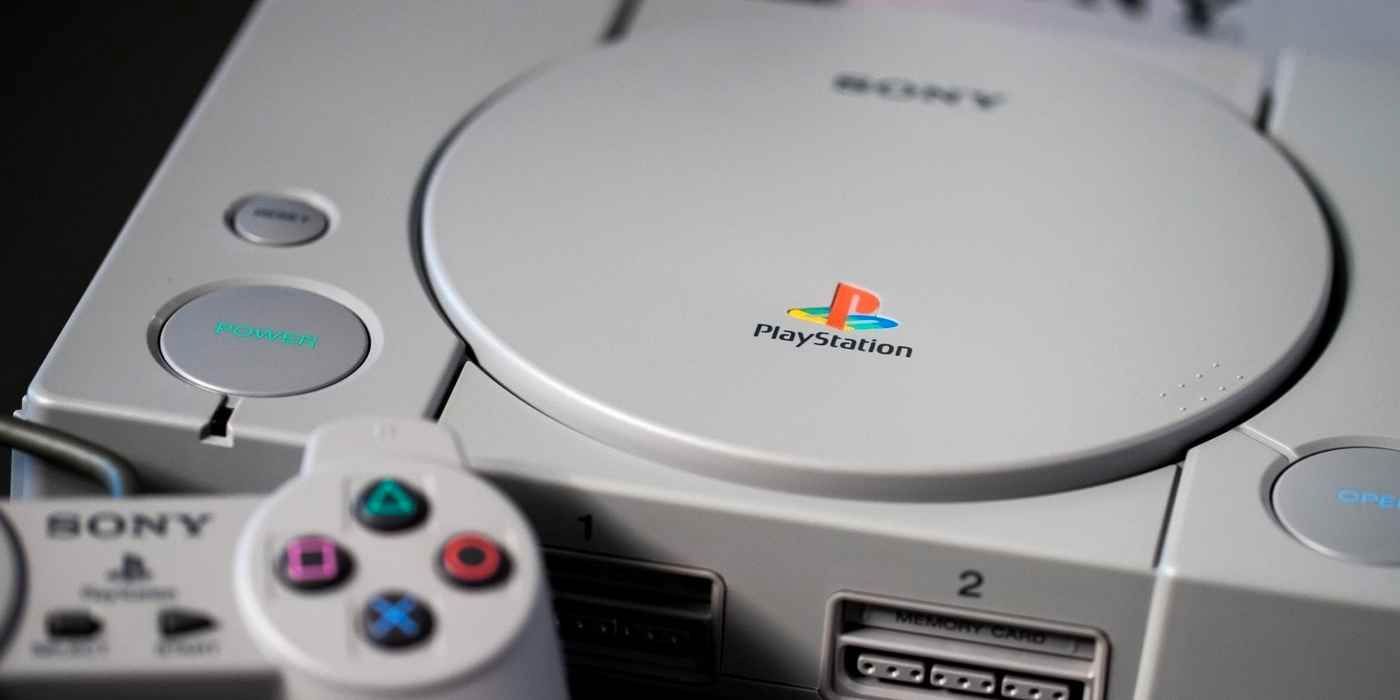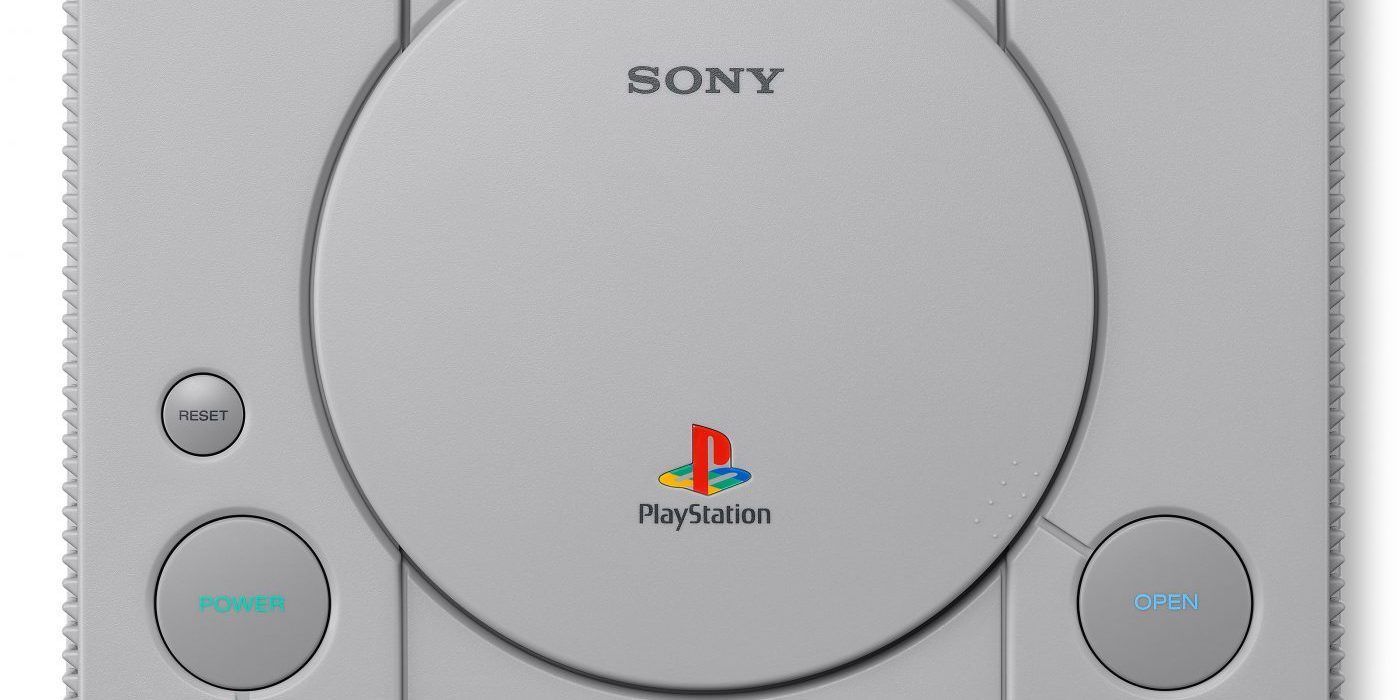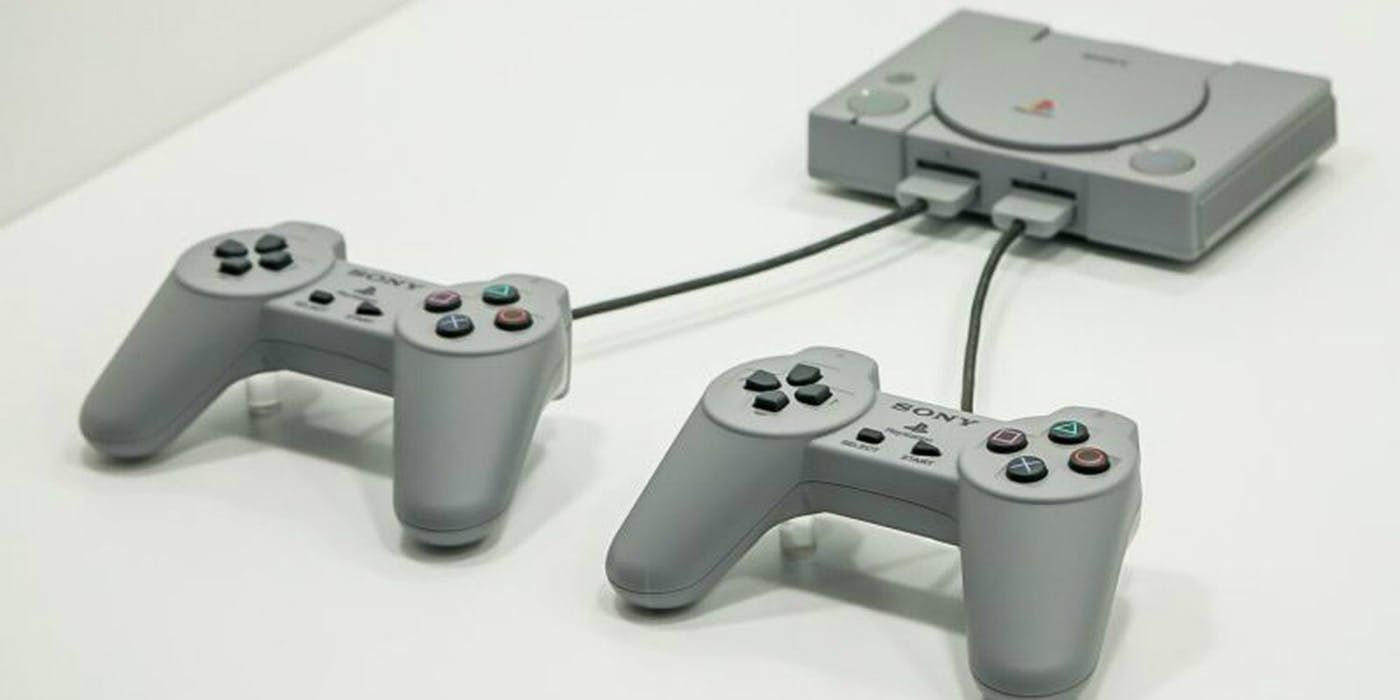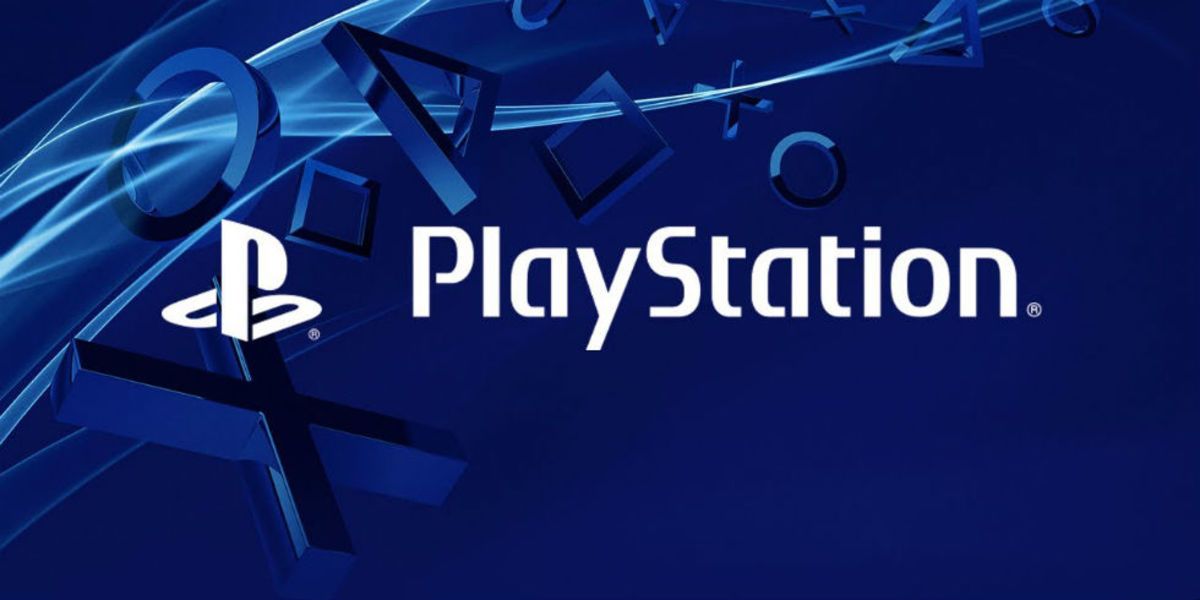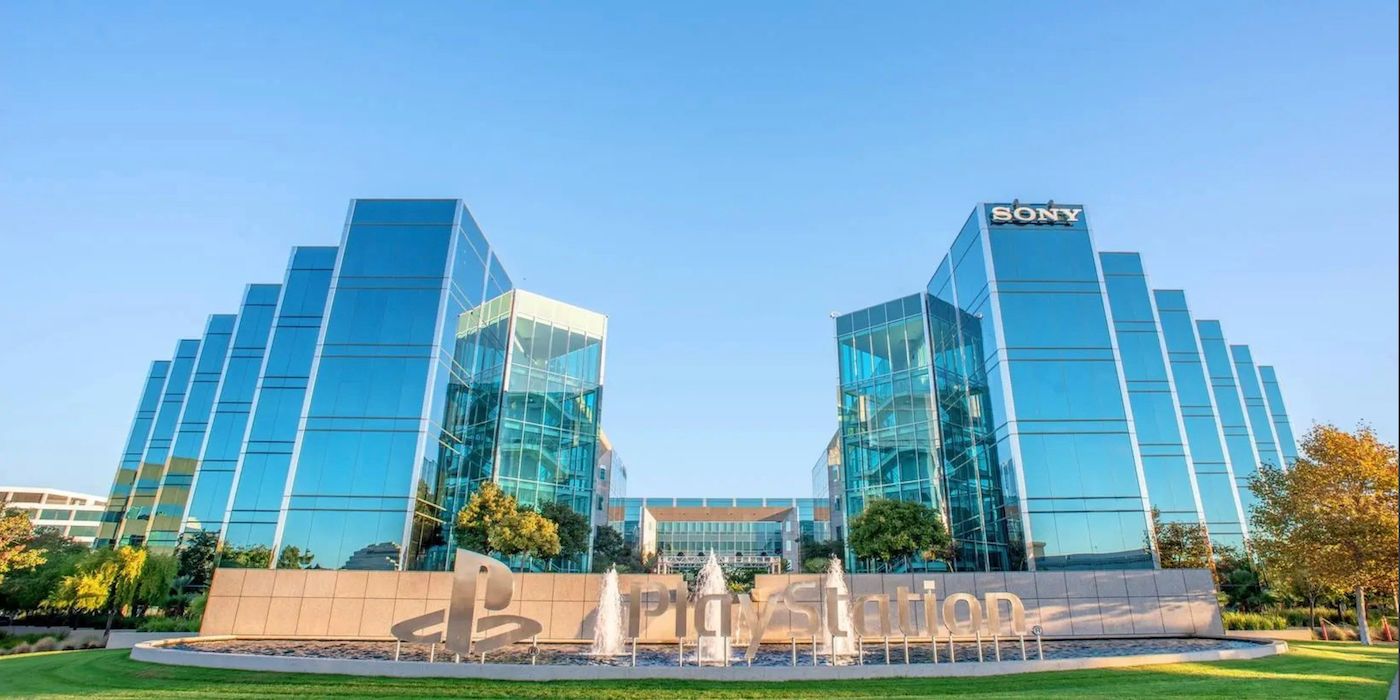The PlayStation has come a long way since its inception in the early 90s. Way back then, video games and game consoles were considered to be "fads" and they weren't expected to last long, or at least, Sony thought so. As the industry knows now, that couldn't be further from the truth. Billions of dollars have been earned thanks to video game consoles and gamers of the industry.
Today, there have been four generations of PlayStations, with the fifth one coming soon. Before the release of the PlayStation 5, fans of the console will appreciate knowing its history, which is filled with defiance, betrayal, drama, and redemption, right from its inception to its release.
10 Ken Kutaragi, The Father Of The PlayStation
Ken Kutaragi has been dubbed the "Father of the PlayStation." The creation of the console and the brand can be attributed to this man. Growing up, Kutaragi was perceived as a "tinkerer" and has always excelled in academics. Right after graduating, he immediately worked for Sony as an engineer.
Kutaragi started contemplating the potential of video games in the industry after watching his daughter play a Famicom. He initially started working on sound chips for consoles, working with Nintendo unbeknownst to his superiors. When the higher-ups discovered Kutaragi's "secret project," he was almost fired if it weren't for Sony's then CEO Norio Ohga's approval of the project.
9 Originally A Joint Venture Between Sony & Nintendo
Sony and Nintendo's relationship strengthened after Ken Kutaragi designed the sound chip for SNES, which made it the best sounding console at the time. This paved the way for Sony to dive into the gaming industry. During this time, Sony was developing a CD-ROM which caught Nintendo's attention. This led to the inception of the "play station," a console capable of running CDs and cartridges.
Sony and Nintendo signed a contract stating that Sony would have the full rights to the discs and its sales. It also meant Sony had full rights to any music and film projects tied to the product.
8 Nintendo's Breach Of Contract
When assessing the contract between Sony and Nintendo, the president of the latter Hiroshi Yamauchi believed Sony had way too many leverages. Nintendo believed Sony's hold on the disc rights were harmful to the company's licensing infrastructure. So, out of this fear, he formulated a plan.
He sent the president and chairman of Nintendo of America, Minoru Arakawa and Howard Lincoln respectively, to Amsterdam to meet with Phillips, an industry giant that's also a rival of Sony. Nintendo secretly broke their contract with Sony and signed a deal with Phillips. This deal ensured their hold on licensing rights. This was also incredibly humiliating for Sony. Interestingly, this very betrayal fueled their motivation to dive into the gaming industry even more.
7 Sony/Nintendo Break-Up
Sony president Norio Ohga felt utterly betrayed by Nintendo's breach of their contract. Despite this, their contract with Nintendo went on for a year following the company's announcement of their partnership with Phillips. Nintendo also attempted to own the rights to the "Play station" name, but to no avail. They also proposed to keep Sony on board. They continued using Kutaragi's sound chip and they allowed Sony's name to be tied to the so-called "SNES PlayStation."
With this new arrangement, Sony would have no control over gaming rights, and almost no profits, from this new console. This didn't bode well with Ken Kutaragi and his team, so they decided to fully cut ties with Nintendo.
6 Sony Approached Sega For A Partnership But Was Shot Down
In Sony's venture towards the game industry without Nintendo, they turned to another industry powerhouse and Nintendo competitor, Sega. Initial negotiations between two parties actually proved to be fruitful, but this would not last and would ultimately not bear. Sega CEO Tom Kalinske personally handed Sony's proposal to Sega's board of directors. Much to his dismay, the proposal ended up getting laughed at. The board of members apparently said "That's a stupid idea. Sony doesn't know how to make hardware. They don't know how to make software either. Why would we want to do this?"
This rejection prompted Sony to stop their pursuit into this market for a while, but later realized they could use everything they've learned thus far from Nintendo and Sega to move forward alone.
5 PlayStation's Shift To Sony Music
Following a couple of failed partnerships with Nintendo and Sega, Sony decided to push Ken Kutaragi's project forward, this time as a standalone console. Kutaragi and his team were able to come up with a CD-ROM based console that was capable of rendering 3D graphics. During Kutaragi's first unveiling of the said console to Sony's board of directors, he was still met with skepticism. He reminded the president of the company of Nintendo's betrayal and the humiliation they suffered afterwards, and thus he was given affirmation to continue the project.
Despite greenlighting the project, Sony still viewed the console industry as "toymakers" and they didn't their brand to be associated as such. Therefore, they moved Kutaragi with the rest of his team to Sony Music, a completely different entity. This ended up becoming a good thing as Sony Music had more resources and experience to market such product and produce a large number of CDs.
4 PSX
Sony wanted to move as far away from their failed venture with Nintendo. Since the name "play station" was produced from their partnership with Nintendo, they opted to rename the console "PlayStation X." The decision to do this was even strengthened when the name "PlayStation" garnered negative feedback in focus group studies.
"PSX" became this console's official name, for a time. Marketing materials named the console as such. It wasn't until later that Sony decided to simply name it "PlayStation" and later, after the PS2's release, "PS1." Interestingly, not that many players today remember the console to be called "PSX" and insist it was always just called "PlayStation."
3 Collaboration With Third-Party Developers
Prior to the development of the first PlayStation, Sony had no substantial knowledge when it comes to video game development. In hopes of gaining leverage and ensuring they don't make the same mistake other console manufacturers have, they turned to third-party developers for help.
Because of the PlayStation's considerable potential, powerful hardware. and accessible licensing, it ended up garnering the support of over 250 development teams in Japan alone, including prominent names such as Namco, Konami, and Williams Entertainment. They also later acquired video game developer Psygnosis so they can have their very own in-house development team.
2 Leading Up To The Release Of The Very First PlayStation
Prior to the release of Sony's first-ever video game console, they appeared and showcased the console at the first Electronic Entertainment Expo. During the now-infamous event, in an interesting twist of fate, Sony presented their console against Sega, the very same company that turned them down just a couple of months before. Sega CEO Tom Kalinske announced their new console, Sega Saturn, to be priced at $399. Sony then went on to announce the price of its own console at $299, undercutting Sega's price. This announcement was met with a round of applause by fans. Sony even raised the ante by having Michael Jackson as a surprise guest, as well as announcing a few of its launch titles: Tekken and Ridge Racer.
1 Success & The Creation Of Sony Computer Entertainment
The PlayStation team's transfer to Sony Music proved to be a great idea. Ken Kutaragi worked closely with Sony Music CEOs Akira Sato and Shigeo Maruyama. The two CEOs would later become the vice presidents, under Ken Kutaragi, on Sony's new division that would handle the PlayStation and its venture into the video game industry, Sony Computer Entertainment. This subsidiary would depend on the success of the first PlayStation console, which of course, turned out to be very successful.
The PlayStation had sold more units in two days than the Sega Saturn did in five months. In the end, Sony's PlayStation went on to sell over 100 million copies worldwide and was the highest-selling console of its generation, beating both Sega and Nintendo's sales at that generation combined. Sony Computer Entertainment became Sony Interactive Entertainment and expanded all over the U.S., Asia, and Europe.

